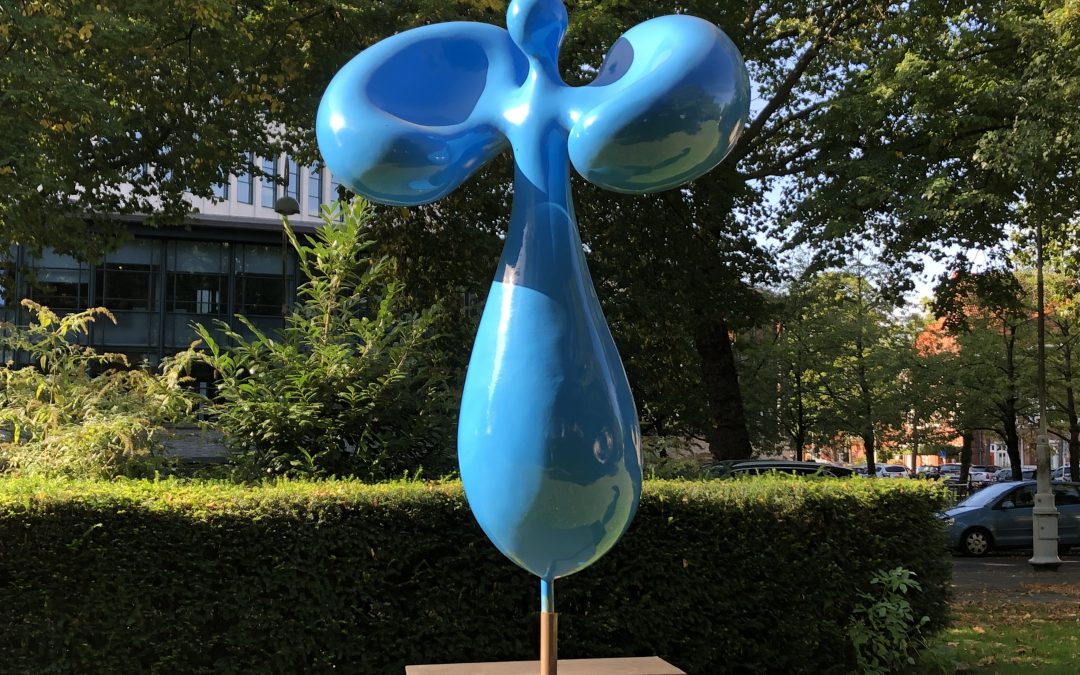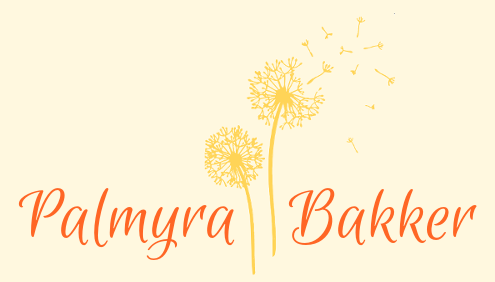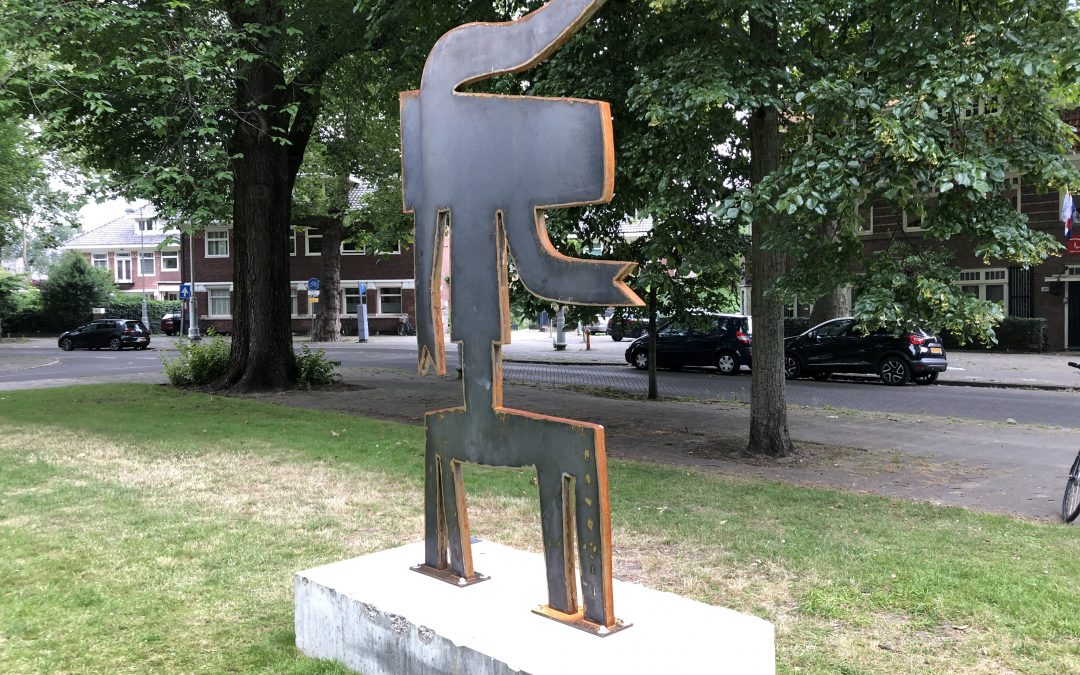Klaas Gubbels, Zijwaarts 2021
I saw this 3rd sculpture and immediately thought of “a pot of tear-water tea”, which I once read in a children’s book written by Arnold Lobel.
Everybody who knows me, knows that I love my tea and I regularly drink it with clients. After my partner Paul died and later during my bereavement study at ‘Land van Rouw’, I shed many tears. During this study I was touched by several topics, mostly because they brought about something that related to me, like attachment, loyalty, divorce and safety. I could show my vulnerability and work on my themes of loss. During my study I came across the book ‘Owl at home’ written by Arnold Lobel, which captured my imagination. Just beautiful how Owl fills the kettle on his lap with tears to make a salty tea and that all the tears stand for certain parts of his grief.
The story is written for children and very suitable to investigate with them how grief is and if you can taste it, share it, visualize, draw it……
Do you like tear-water tea? If you need some support with making a pot of tear-water tea then contact me for an appointment.
Below the fragment of the book
Owl took the kettle out of the cupboard.
“Tonight I will make tear-water tea,” he said. He put the kettle on his lap. “Now,” said Owl, “I will begin.” Owl sat very still. He began to think of things that were sad. “Chairs with broken legs,” said Owl. His eyes began to water. “Songs that cannot be sung,” said Owl, “because the words have been forgotten.” Owl began to cry. A large tear rolled down and dropped into the kettle.
“Spoons that have fallen behind the stove and are never seen again,” said Owl. More tears dropped down into the kettle. “Books that cannot be read,” said Owl, “because some of the pages have been torn out.” “Clocks that have stopped,” said Owl, “with no one near to wind them up.” Owl was crying. Many large tears dropped into the kettle. “Mornings nobody was because everybody was sleeping,” sobbed Owl. “Mashed potatoes left on a plate,” he cried, “because no one wanted to eat them. And pencils that are too short to use.” Owl thought about many other sad things. He cried and cried. Soon the kettle was filled up with tears. “There,” said Owl. “That does it!” Owl stopped crying. He put the kettle on the stove to boil for tea. Owl felt happy as he filled
his cup. “It tasted a little bit salty,” he said, “but tear-water tea is always pretty good.”



Recent Comments